
Zoo InternQuest is a seven-week career exploration program for San Diego County high school juniors and seniors. Students have the unique opportunity to meet professionals working for the San Diego Zoo, Safari Park, and Institute for Conservation Research, learn about their jobs, and then blog about their experience online. Follow their adventures here on the Zoo’s website!
For the fourth week of InternQuest, interns were lucky to not only meet up with the people who work behind the scenes to fulfill the many different needs that the animals at the Zoo require, but also were able to meet some of the many animals that trainers work with daily. We were lucky enough to be introduced to some of the people involved in training animals for the Animals in Action program at the Zoo, Kelly Elkins, Maureen, Kristina and Craig. Animal trainers such as Ms. Elkins, went through an exotic animal training and management program, not only to gain experience but also to build credibility in order to land their dream job. Interns were also lucky enough to a get a brief demonstration at the sorts of activities that animal trainers do on a daily basis.
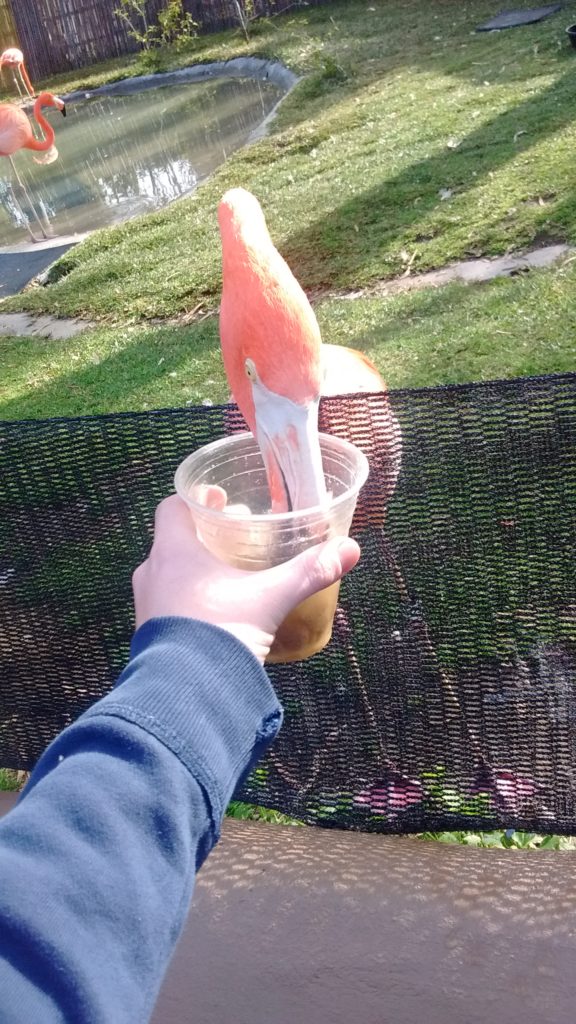
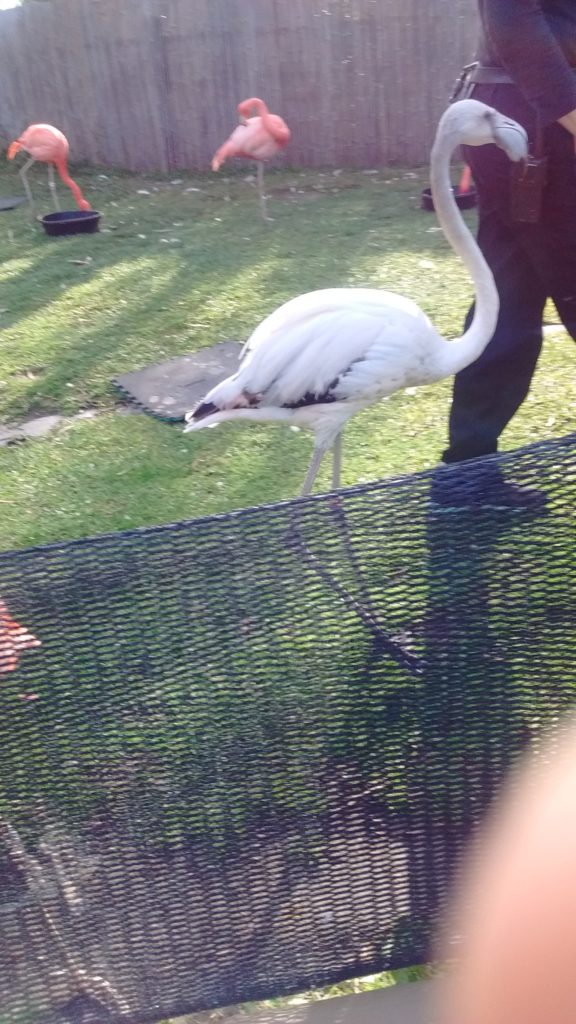
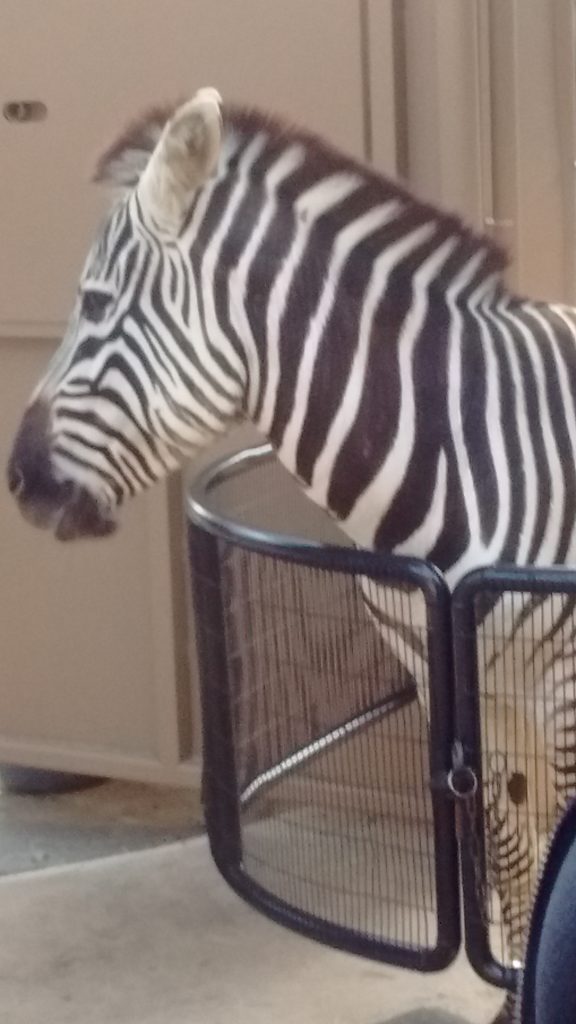
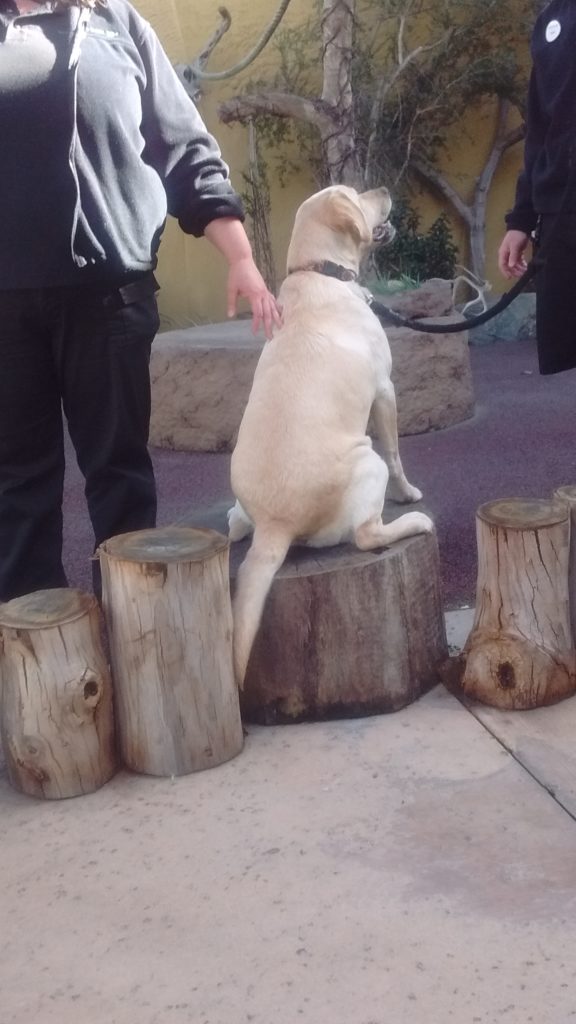
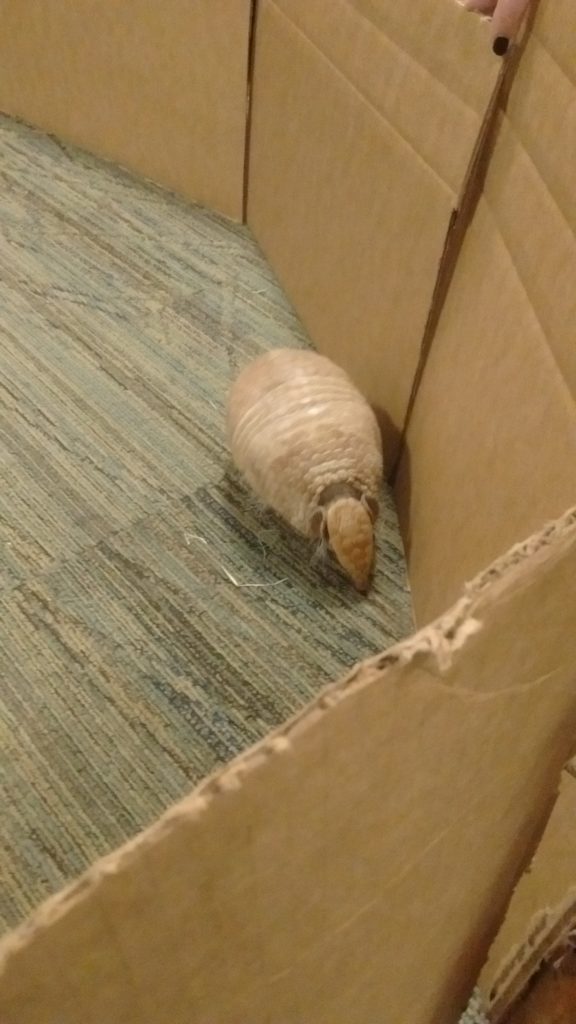
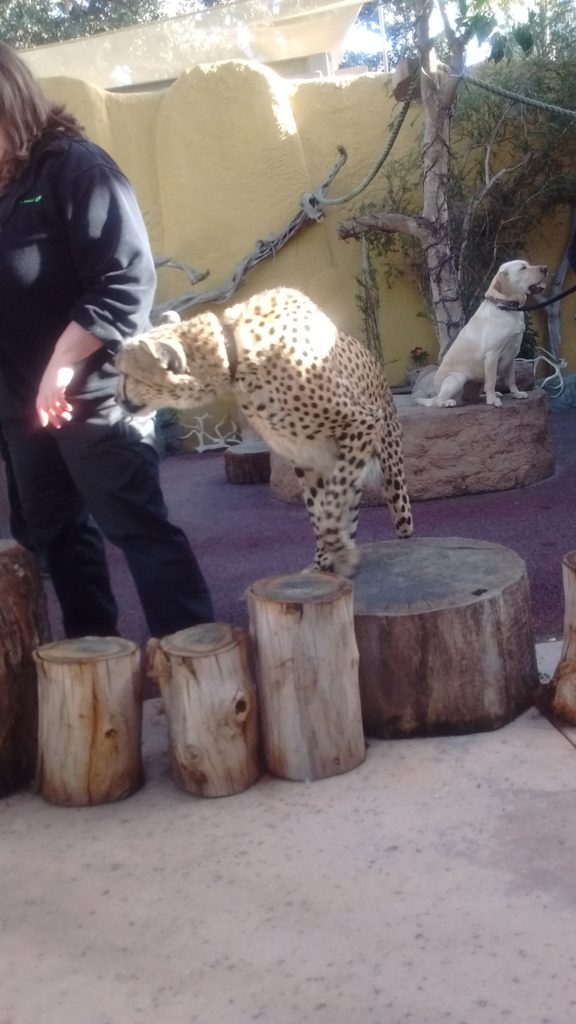
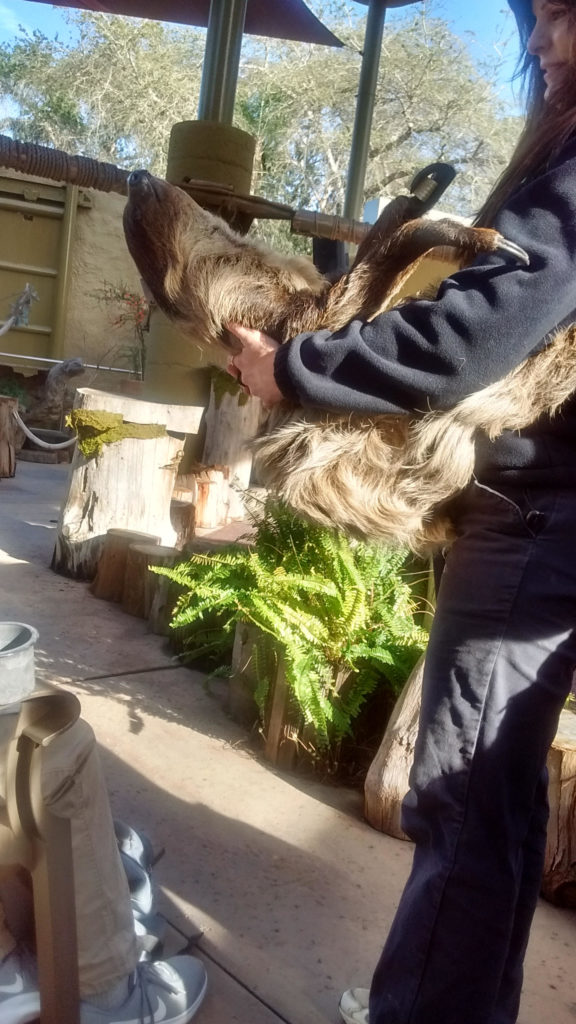
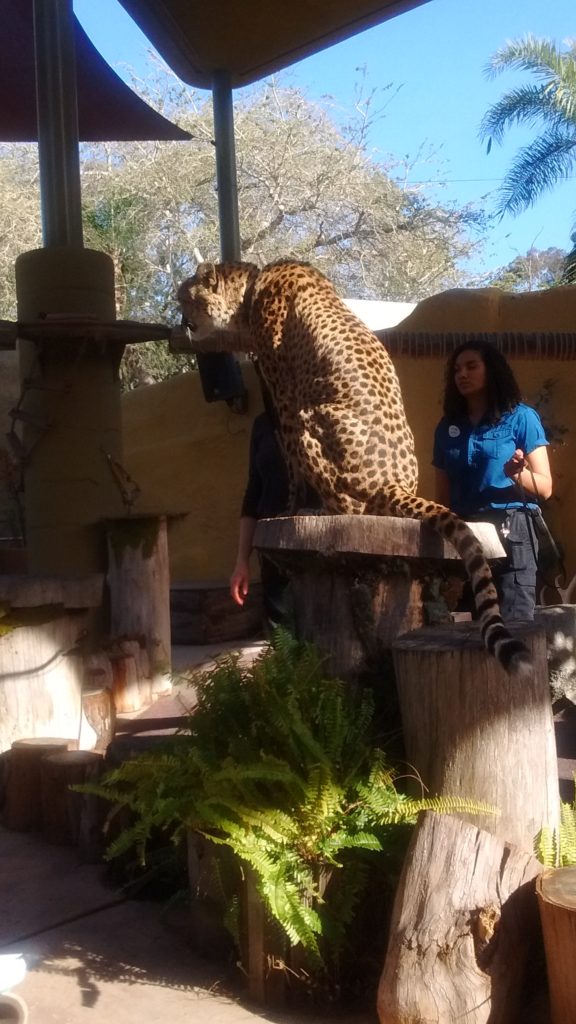
Mael, Photo team
Week Four, Winter Session 2019




